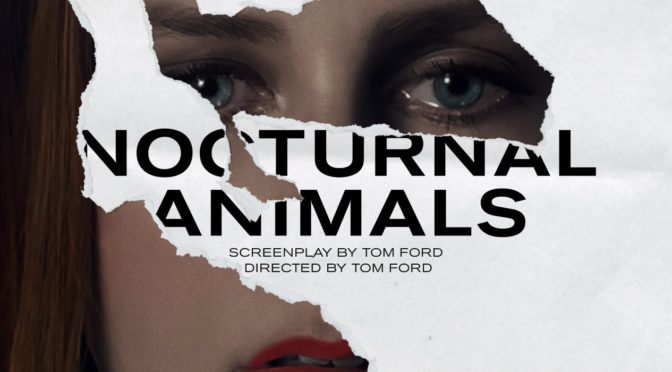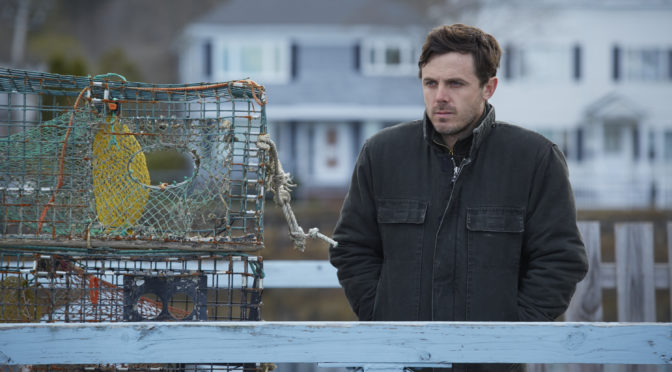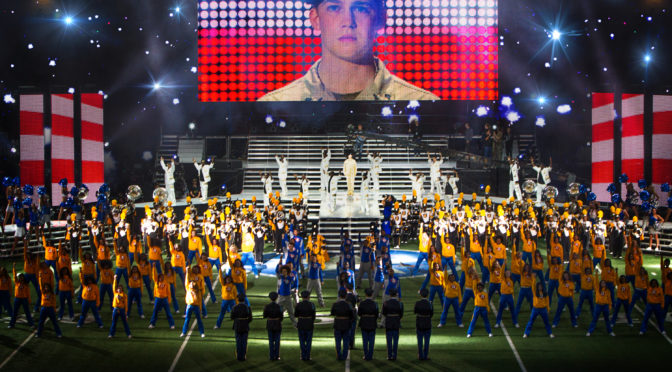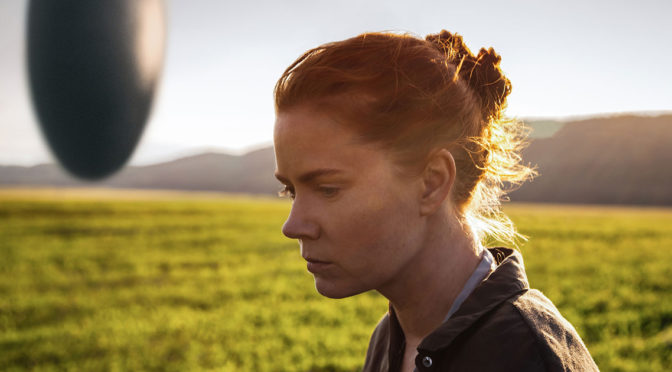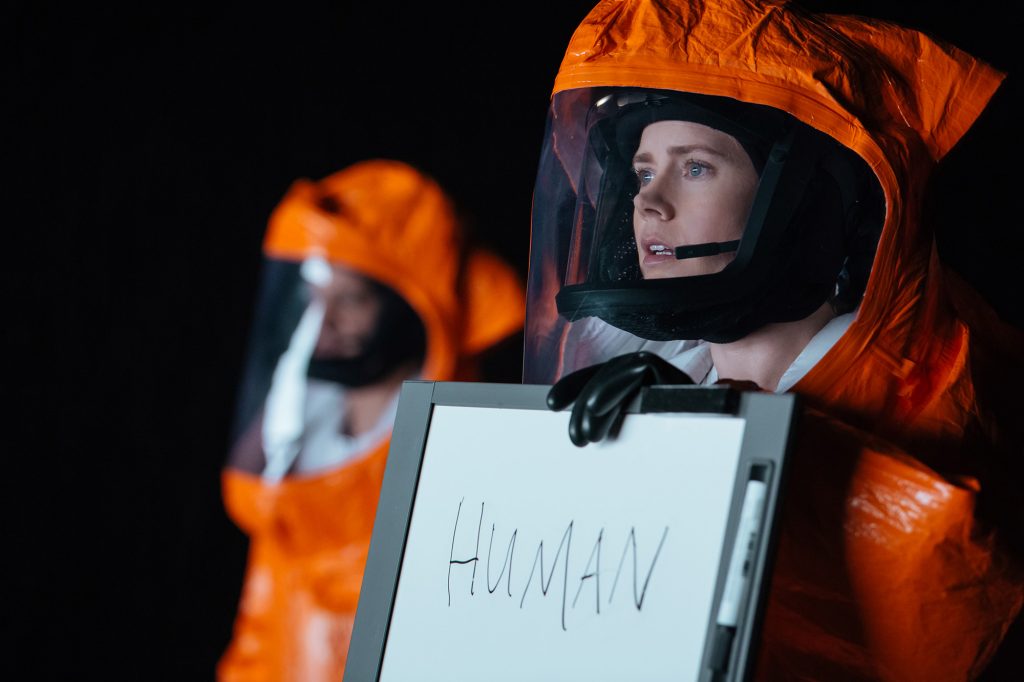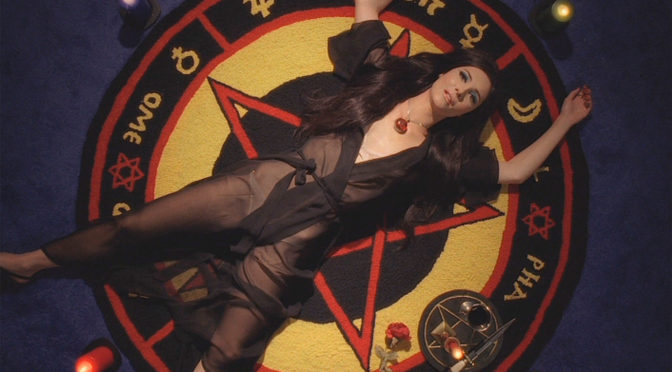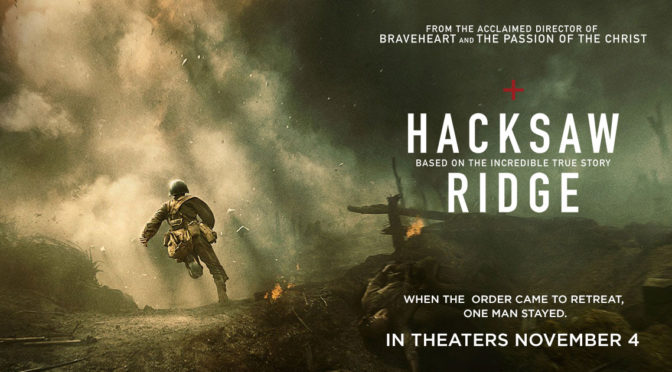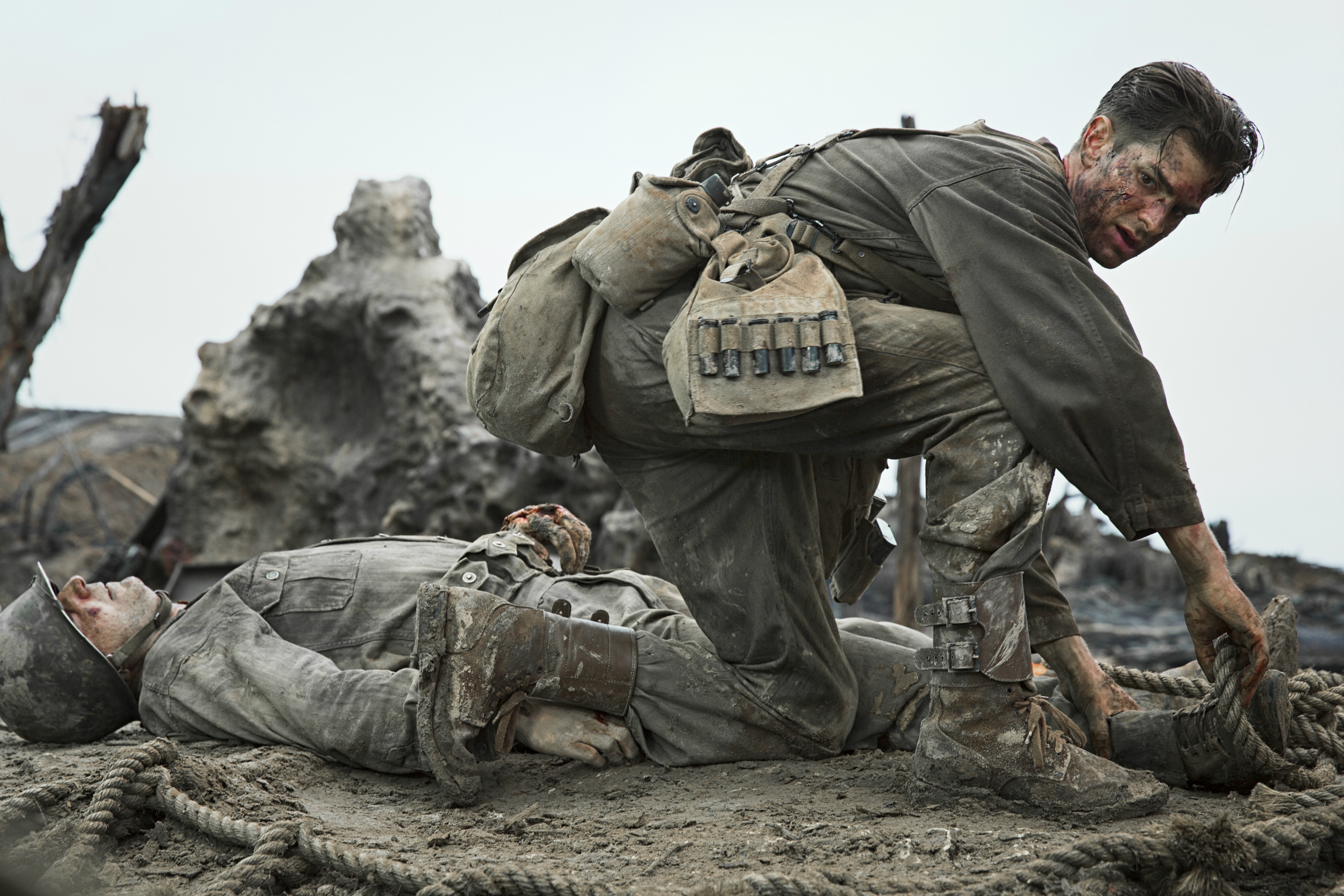“A lot of people have it worse than us” says a wealthy art patron. In Nocturnal Animals, Susan Morrow (Amy Adams; Man of Steel), lives an extravagant but vacuous life as an art gallery owner. She lives in a mansion and has an attractive husband but is struggling with personal and marital issues. Her husband is likely unfaithful and she is so preoccupied that she is unable to sleep. Unexpectedly, she receives a package from her ex-husband Edward (Jake Gyllenhaal; Nightcrawler) who she hasn’t heard from in over a decade. They married young, but soon divorced after Edward’s failed writing career was unable to provide the pragmatic stability Susan desired. Surprisingly, the delivery is a manuscript of Edward’s debut novel, dedicated to her and titled after his nickname for her. The book has some apparent parallels to their relationship and is about a man named Tony Hastings, also played by Gyllenhaal, who is confronted by potentially dangerous men while on a road trip with his wife and teenage daughter. The film interweaves the story of the novel with Susan’s present life.
Jake Gyllenhaal continues his streak of transformative performances. In flashbacks to their early relationship, he appears gentle and romantic with full cheeks and a warm smile. In the novel however, he becomes deranged with sunken eyes and a gaunt appearance close to his character in Nightcrawler. In each role he fully inhabits the character while maintaining the belief that they are really the same person, exemplifying how deeply his relationship with Susan has changed him.
Director Tom Ford made a name for himself as the lead designer for Gucci and his high-end taste is clear in the outfits and sets. Everything down a shirt’s threading or a the positioning of a lock of hair is chosen for its aesthetic value. Susan’s entire life looks like it has been ripped out of a fashion magazine. Initially, this has a distancing effect because the characters look too perfect or at least too fashion obsessed. There is one scene in particular over the opening credits that is incredibly indulgent and unnecessary “avant-garde art” that starts the film off on the wrong foot. Fortunately, the majority of the film shows the events of Edward’s novel which is set in the much more down-to-earth, but still exquisitely designed, rural Texas. This setting provides a much need contrast to Susan’s almost sterile high art milieu.
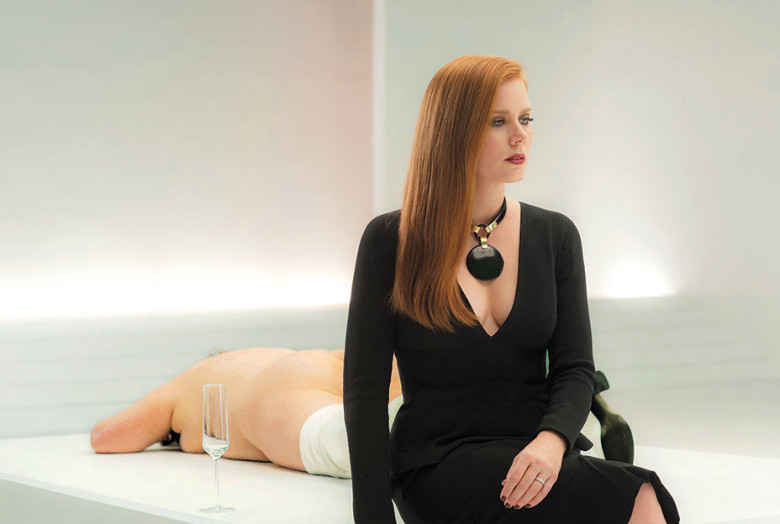
The framed narrative balances the two stories. Susan’s perspective is that of upper-class existentialism. She is wealthy and successful, but is unsure of the decisions she has made in the past and the direction her life is headed in. Her struggles can be difficult to relate to and seem small compared to what most regular people face everyday. On the other hand, Tony’s story is immediate. The moment the rednecks force them to pull over, the fear sets in. Echoing films like Deliverance, the unknown threat of what these lower-class men could do makes their every move precarious. Tony is faced with an impending danger that pulls Susan out of her bubble. She begins to see the deeper emotional fears and damages that her ex-husband faced after their relationship dissolved.
Ford has said in interviews that his films are truer reflections of himself than his work as a fashion designer. If that is the case, then his interests lie in the grieving process. Just as Colin Firth’s character in A Single Man was coping with the loss of his significant other, Edward uses his novel as catharsis to get over his relationship with Susan. It is his own way of cleaning and dressing the wounds left by her departure. To Ford, the dissolution of a romance is as painful as the death of a loved one. Nocturnal Animals is his examination of how both sides of a partnership endure that loss.

4/5 stars.
